Baegasan Recreational Forest (백아산자연휴양림)
0m 49780 2024-02-20
353 Suyang-ro, Baega-myeon, Hwasun-gun, Jeollanam-do
Baegasan Recreational Forest, opened in 1996, is a natural recreational area situated near Donghwa Grotto, at the foot of Baegasan Mountain (Elevation 810 meters). The area boasts picturesque landscapes with rocky cliffs and clear streams. Along with walking trails, the recreation forest offers accommodation facilities such as great lawn, fitness training grounds, and pensions. It attracts many hikers with its hiking course leading to the summit of Baegasan Mountain.
Dinosaur Tracksite of Hwasun, Seoyu-ri (화순 서유리 공룡발자국화석 산지)
7.9 Km 30100 2020-02-25
2080, Baega-ro, Hwasun-gun, Jeollanam-do
The Dinosaur Tracksite of Hwasun was discovered in 1999 during a land survery for the construction of Hwasun Hot Springs Area. Most dinosaur tracks found in Korea are located in coastal areas in cities like Haenam and Boseong, so the discovery in the inner region of Jeollanam-do was a first. Most prints here come from carnivorous dinaosaurs of the Cretaceous period. The site is famous for there being tracks from no fewer than five different dinosaurs, as well as for being one of the longest trails and most direct examples of the exact movements of the dinosaurs. The tracks of one dinosaur are the longest in the world, stretching for 40 meters. Based on the foot size of 20-22 centimeters with a stride of approximately 90 centimeters, it is estimated that the prints were formed by a 4-5 meter tall Koolasuchus. In addition to the canivorous dinosaurs, tracks were found of 12 herbivorous dinosaurs, as well as fossilized plants. These plants offer much assistance in the research of herbivorous dinosaur diets.
Gokseong Dorimsa Temple (도림사(곡성))
13.8 Km 10285 2021-05-14
175, Dorim-ro, Gokseong-gun, Jeollanam-do
+82-61-362-2727
Dorimsa Temple was built by Monk Wonhyo in 660 during the 7th year of King Muyeol. Located approximately 4 kilometers west of Gokseong-eup, the temple houses Bogwangjeon Hall, Yaksajeon Hall, and Eungjindang Hall, among other buildings. The nature surrounding the temple is beautiful all year round, and the water flowing through the nearby valley makes it a popular place to visit during the hot summer season.
Samhwa Gwangwang Nongwon (삼화관광농원)
14.1 Km 34468 2024-03-04
208 Immyeon-ro, Gyeom-myeon, Gokseong-gun, Jeollanam-do
061-362-8586,7
Samhwa Gwangwang Nongwon is a Korean restaurant specializing in duck dishes. Its signature menu is the ori jeongol (duck hot pot). The rich broth, boiled with ample duck meat, vegetables, and perilla seeds, is exceptionally flavorful. Another popular dish is the ori jumulleok (spicy stir-fried marinated duck), where tender meat seasoned with spicy yet sweet sauce pairs perfectly with steamed white rice.
Soswaewon Garden (담양 소쇄원)
15.1 Km 39298 2023-01-04
17, Soswaewon-gil, Damyang-gun, Jeollanam-do
+82-61-381-0115
Soswaewon Garden is a private garden from the Joseon period where Korea's traditional beauty is preserved. It was built by Yang San-Bo (1503-1557) after he gave up his success when his mentor Jo Gwang-Jo (1482-1519) was killed during political strife. Soswaewon Garden presents itself as a clean and transparent garden where the righteous enjoy the life of anbinnakdo (being comfortable amid poverty and taking pleasure in an honest lifestyle) surrounded by a bamboo grove.
Including peach trees, various kinds of trees and grass are planted on both sides of the stream while clear water flows down the foot of the garden walls. The log bridge above the valley adds to the charm of the scenery. The harmony between nature and the artificial waterfall is a sight to behold. Soswaewon Garden is 150 meters away from the main road. Passing through the thick bamboo forest, you will find the small valley and Soswaewon Garden on your left.
Gwangju Pyeongchon Village (광주 평촌마을)
15.1 Km 2797 2019-11-26
15, Pyeongchon-gil, Buk-gu, Gwangju
+82-62-266-2287
Gwangju Pyeongchon Village, located north of Mudeungsan Mountain, is a cozy farming village made up of four villages Dongrim, Daman, Woosung, and Dangmoe. The village still has an excellence natural preservation, growing environmental-friendly rice in the fields and Punamcheon stream that runs through the middle of the village is home to fireflies and otters. The village also keeps the tradition of making pottery as the village was the place that made grayish-blue-powdered celadon during the Joseon dynasty. The village street corner offers visitors to Mudeungsan Mountain a place to rest with Mudol-gil shelter and Bandi lodging.
Gyubongam Hermitage (Hwasun) (규봉암(화순))
15.1 Km 22571 2024-02-20
40-28 Dowon-gil, Iseo-myeon, Hwasun-gun, Jeollanam-do
Gyubongam Hermitage is a small hermitage located on Mudeungsan Mountain. It is believed to have been established during the Silla dynasty (B.C. 57-A.D. 935) and underwent renovations in 1959 to attain its current appearance. Renowned for its picturesque scenery, Gyubongam Hermitage is said to be a must-visit spot for those climbing Mudeungsan Mountain. It is particularly famous for its vibrant autumn foliage, and the area around the hermitage is abundant with rocky cliffs.
Mudeungsan Mountain (무등산)
15.6 Km 19971 2018-01-30
Nam-myeon, Damyang-gun & Dong-gu & Buk-gu, Gwangju & Iseo-myeon, Hwasun-gun, Jeollanam-do
82-61-379-3503
Mudeungsan covers an area of about 30 square meters above the metropolitan city of Gwangju, Hwasun-gun and the nearby Damyang-gun. The name means ‘a high mountain’ or, more mysteriously, a mountain beyond classification’.
Mudeungsan Mountain (무등산) is not too steep and many people come for a hike on the weekends or public holidays. Highlights on the way include the Seoseokdae, Ipseokdae, Seinbong and Gyubong Rocks, Wonhyo and Yongchu Valleys – as well as Jigong Neodeol (cluster of rocks) – and the Deoksan Neodeol. To enjoy a great view, try going up Jungmeorijae, Jangbuljae or the Donghwasa Temple Site, or the Jangwonbong Peak. Visitors coming from the Hwasun side of the mountain can see the picturesque Dongbokho Lake from Ipseokdae and Gyubong Rock, Jingong Neodeol, Jangbul, Baekma ridge and Gyubongam temple.
Korea Gasa Literature Collection (한국가사문학관)
15.7 Km 13516 2021-09-07
877, Gasamunhak-ro, Damyang-gun, Jeollanam-do
+82-61-380-2701
The Gasa Literature Collection was completed in October 2000 and is located in Damyang, Jeollanam-do, an area which is famous for its fertile land and rich historical heritage. Apart from the main building, additional buildings include a souvenir shop, and traditional tea house. In the museum, historical literature such as “Myeonangjip” (a collection of Gasa poems by Song Sun) and “Songgangjip,” (a collection of Gasa poems by Jeong Cheol) are on display. There are 11,461 artifacts and literature on Gasa culture, 18 Gasa works, and 15,000 books about Gasa.
Hwanbyeokdang Pavilion (환벽당)
15.9 Km 35594 2023-01-25
10, Hwanbyeokdang-gil, Buk-gu, Gwangju
+82-62-510-1500
Hwanbyeokdang Pavilion was built by Yeongcheonja Sinjam and was also called Byeokgandang, which is recorded in Go Gyeong-myeong's Yuseoseongnok. The building has a hipped-and-gabled roof with three bays in the front space and two bays in the inside space. It is a modified form in which the two rooms in the middle are used as rooms, and the front and right sides are floors. Originally, it was a traditional pavilion, but it seems to have changed to its current form as it was expanded later. A tablet written by Uam Song Si-yeol hangs here, and the poems of Seokcheon Im Eok-ryeong and Jo Ja-i are on a signboard. There are two poems written by Jeong Cheol about Hwanbyeokdang Pavilion, which are published in Songgangsokjip and Gwangjumokji. Jeong Cheol's 4th-generation descendant Jeong Su-hwan bought it from Kim Yun-je's descendants, and Yeon Il-jeong's family is currently managing it.
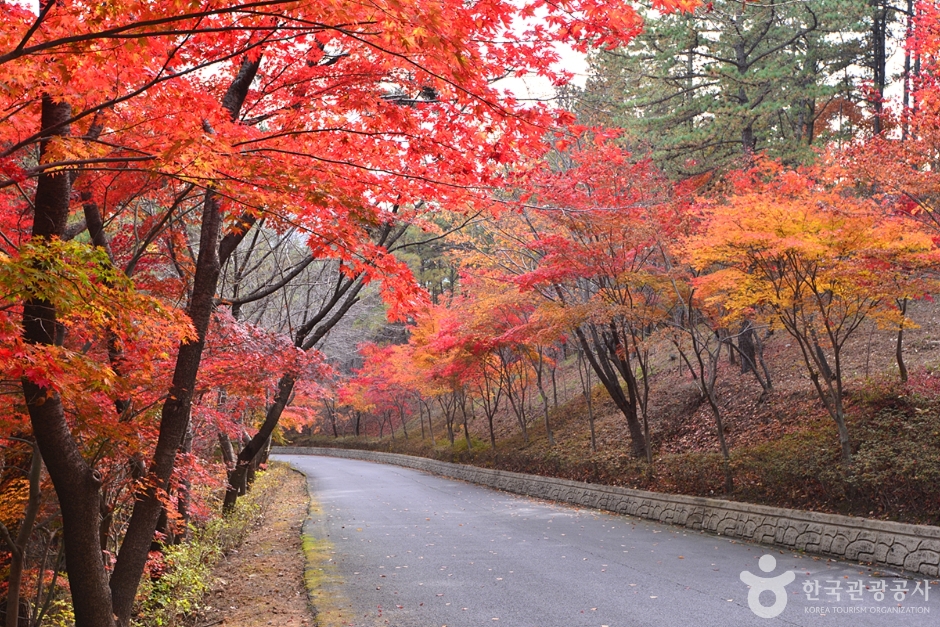
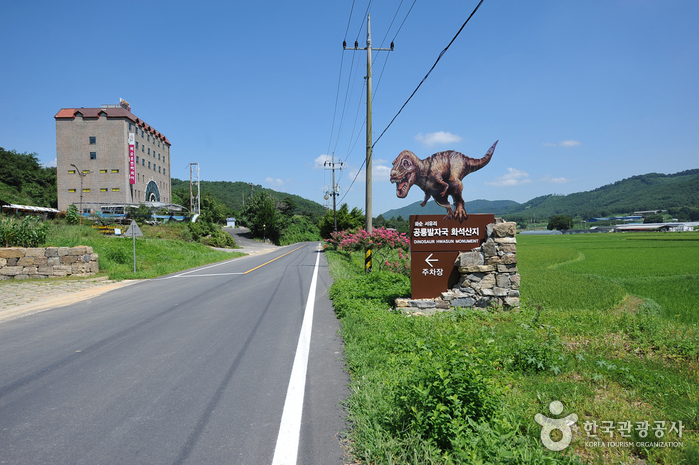
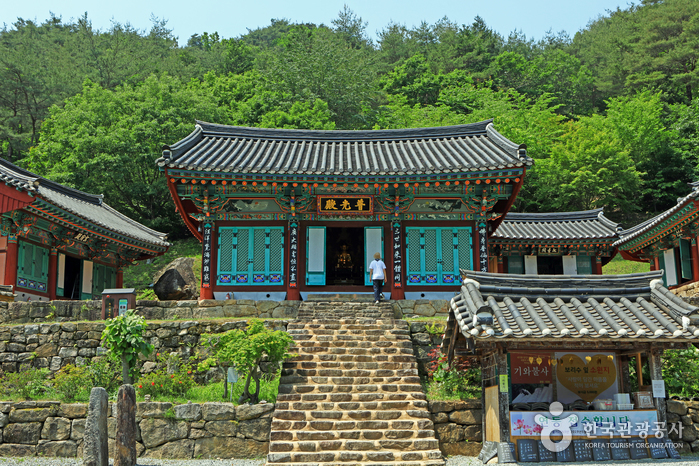

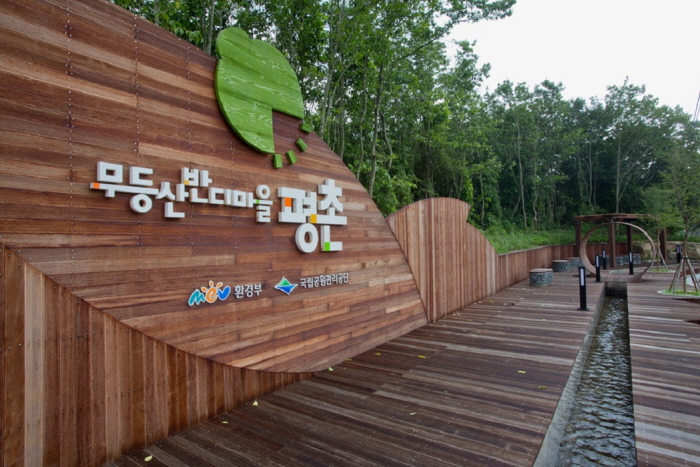
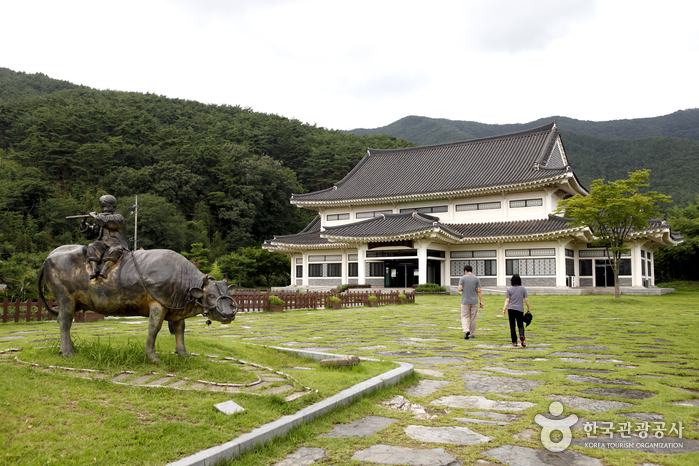
 English
English
 한국어
한국어 日本語
日本語 中文(简体)
中文(简体) Deutsch
Deutsch Français
Français Español
Español Русский
Русский